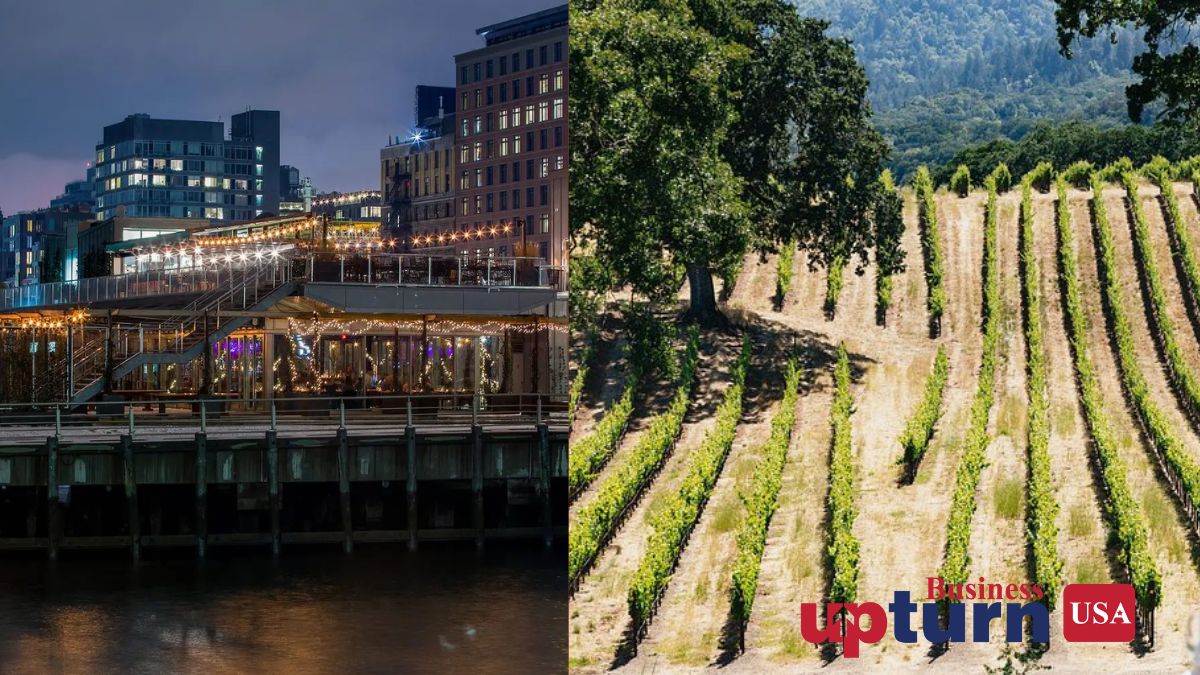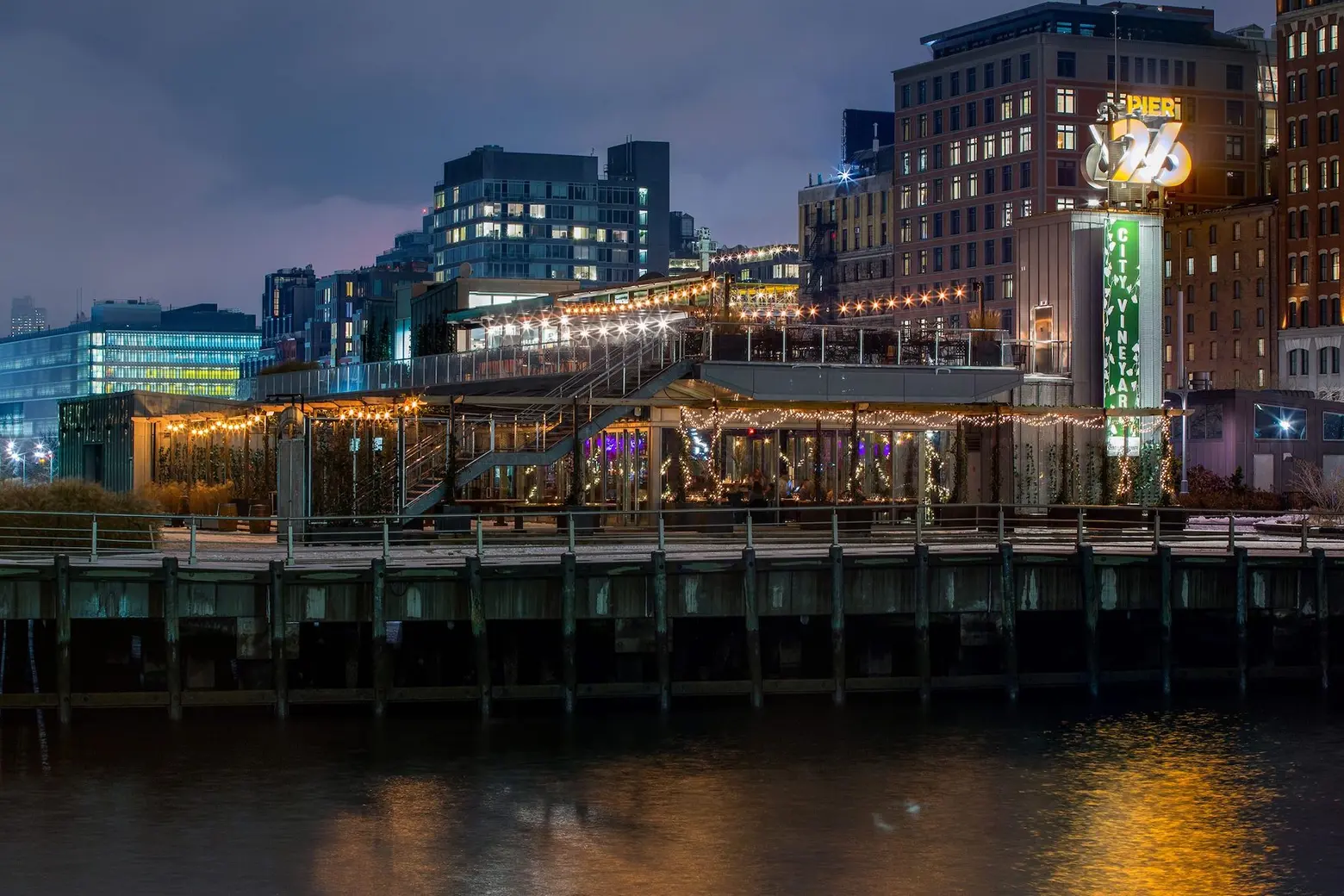
Advertisement
Once the hallmark of formal dinners and highbrow soirées, wine drinking in the United States has undergone a seismic cultural shift. In 2025, it’s no longer just about swirling a Bordeaux in a crystal glass — it’s about where, how, and with whom the experience unfolds. Across every coast and corner, Americans are embracing new wine rituals that feel more personal, inclusive, and rooted in local flair.
From rustic tastings in Sonoma’s hidden vineyards to rooftop wine lounges in Austin, today’s wine drinkers are chasing moments, not just merlots. Millennials and Gen Z are steering away from rigid conventions, favouring spritzers in cans, wine on tap, and pairings with food trucks or open-air concerts. The modern wine lifestyle in the USA is fluid, both literally and figuratively.
This cultural evolution is being shaped by regional influences, generational preferences, and a surge in domestic wine production. Below, we explore five standout ways Americans are transforming wine drinking into something immersive, democratic, and undeniably American.

1. Sipping wine, an immersive vineyard experience in California’s backcountry
Why Gen Z prefers experiential tastings over traditional wine bars
California has long held the crown for wine excellence in the USA, but in 2025, the real movement is unfolding beyond Napa’s polished tasting rooms. Young wine lovers are heading to under-the-radar wineries in regions like Mendocino, Santa Ynez, and Paso Robles for what’s being dubbed “immersive terroir tourism.” Here, sipping wine means walking the vines, talking to vintners, and even participating in grape harvests or blending workshops.
A recent consumer report by the American Wine Alliance found that 63% of 25- to 40-year-olds value “hands-on” wine experiences over traditional sit-down tastings. These newer drinkers want storytelling, transparency, and sustainability — all elements that boutique California vineyards have begun to prioritise.
Instead of crisp white linens and tuxedoed pourers, these settings offer picnic-style seating, fire pits, live folk music, and natural wine served straight from amphorae. The vibe is less elitist, more earthy. For Gen Z and millennial drinkers, it’s a wine lifestyle that aligns with broader values around wellness, environmentalism, and authenticity.

2. Discovering urban wine lounges in cities like New York, Chicago, and Austin
How metropolitan millennials are embracing wine on tap and local blends
Urban wine culture in the USA has exploded. In bustling metros like NYC, Chicago, Portland, and Austin, wine bars are no longer stuffy sanctuaries with 100-bottle lists and sommeliers in suits. Instead, today’s urban wine lounges are curated, cozy, and community-driven — serving wines on tap, offering biodynamic flights, and featuring unexpected pairings like orange wine with ramen or pét-nat with tacos.
This metropolitan renaissance is fuelled by a growing class of wine-curious drinkers who are adventurous but not necessarily affluent. Wine on tap, for instance, reduces waste and costs, and it’s a favourite among eco-conscious city dwellers. According to a 2024 Nielsen trend report, wine-by-the-glass sales in urban restaurants have increased 27% year-over-year, with notable spikes in canned and kegged offerings.
Cities like Austin have led the charge, integrating wine into their music and culinary scenes. Picture this: a refurbished shipping container bar offering chilled grenache rosé beside a taco truck, with vinyl spinning under string lights. The shift reflects a broader redefinition of “luxury” — it’s no longer about exclusivity, but about access, community, and experience.

3. Toasting with canned and portable wines at outdoor events and festivals
The rise of wine spritzers, ready-to-drink blends, and grab-and-go formats
Gone are the days when beer dominated outdoor concerts and picnics. The wine-in-a-can revolution has taken centre stage, driven by convenience, creativity, and a new definition of casual luxury. At Coachella, Bonnaroo, and even local food festivals, canned wines are not only available — they’re often the drink of choice.
The U.S. ready-to-drink (RTD) wine market is projected to grow by 13% annually through 2028, according to a study from Beverage Trends America. Canned options — often low-ABV spritzers or fruit-forward blends — cater to a demographic that values flavour, portability, and eco-friendliness. These wines are light, fun, and designed for the outdoors, free from corkscrews or stemware.
Brands like West + Wilder or Maker Wine have redefined packaging with minimalistic designs and storytelling labels that resonate with younger audiences. The appeal is especially strong among women and Gen Z consumers, who appreciate the ability to try different varietals without committing to a full bottle.
This format is not just functional — it’s social. People swap flavours like they do snacks, making wine a shared, informal joy rather than a solitary indulgence. Whether it’s rosé in the park or sparkling red at a night market, Americans are embracing wine as an everyday companion rather than a special-occasion ritual.
4. Pairing wine with hyper-local foods in regional wine trails from Oregon to Virginia
How American terroir is reshaping the food and wine pairing experience
As regional vineyards proliferate across the USA — from the misty valleys of Oregon to the rolling hills of Virginia — there’s a growing movement around hyper-local pairing experiences. Forget the old standard of Bordeaux and steak; today, you’re more likely to see Oregon Pinot Noir paired with wild mushroom risotto or Texas Tempranillo with brisket.
These regional pairings are deeply tied to terroir — not just in the soil, but in the culture. Wine trails like the Finger Lakes in New York or Hill Country in Texas are now food and wine destinations, offering curated tours that integrate local farms, cheesemakers, and artisanal producers.
In fact, a 2023 Wine Enthusiast survey reported that 58% of domestic wine travellers prioritise regional food pairings when choosing a vineyard to visit. It’s part of a broader trend in American wine culture that values provenance, story, and sensory connection.
Chefs and sommeliers are increasingly working together to craft menus that mirror the personality of the land. This has elevated wine drinking from a static tasting event to a full-bodied culinary journey, turning once-obscure wine regions into lifestyle destinations.
5. Hosting wine nights with a social twist — from book clubs to blind tastings
The growing popularity of themed wine gatherings among millennials
For Americans seeking connection over curation, wine has become the social glue in creative new formats — think wine-fueled book clubs, blind tasting parties, wine-and-paint nights, or virtual happy hours with flight kits shipped in advance. These gatherings reflect a generational desire to personalise and democratise the wine experience.
In cities and suburbs alike, millennials are moving away from formal wine education and instead gravitating toward playful, thematic evenings. A 2024 survey by Social Sip Co. found that 72% of respondents aged 28 to 42 had attended a casual wine-focused gathering in the past year, with many citing “fun over formality” as the main appeal.
Blind tastings, in particular, are gaining traction. They allow guests to drop preconceptions about labels or price and focus solely on the flavours. These events are often gamified, with scoring sheets, trivia rounds, and friendly competition. It’s wine appreciation with a dose of laughter and lightness.
In this setting, wine becomes a facilitator of joy rather than a subject of expertise. Hosts might choose a theme — “Wines of South America” or “Natural Wines Only” — and encourage guests to bring a bottle that fits the bill. The result? A rich, shared exploration of modern ways to enjoy wine, infused with the personal touch of each participant.
How America’s wine habits are uncorking a new generation of rituals
From the misty vineyards of Oregon to the concrete patios of Brooklyn wine bars, the American wine experience in 2025 is unrecognisable from what it was even a decade ago. It’s more inclusive, playful, and rooted in the values of the communities shaping it.
These shifts aren’t just surface-level fads — they’re tectonic changes in how Americans relate to wine. Rather than adhering to the strict, often European-born codes of oenology, U.S. drinkers are building something uniquely their own: a culture where sipping wine is just as welcome at a campground as at a candlelit table.
Whether through immersive vineyard treks, socially-driven tasting nights, or portable cans on a rooftop, the best ways to drink wine in the USA are now as diverse and dynamic as the country itself. The cork has popped on a new era — one defined not by tradition, but by transformation.
Disclaimer: Consumption of liquor is injurious to health and Business Upturn does not promote or advertise the featured brand(s) or suggest ingesting liquor through this article. Business Upturn does not guarantee the accuracy of information in this article.
